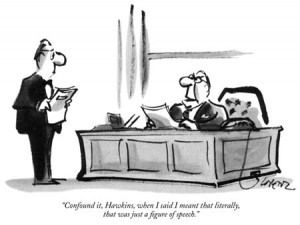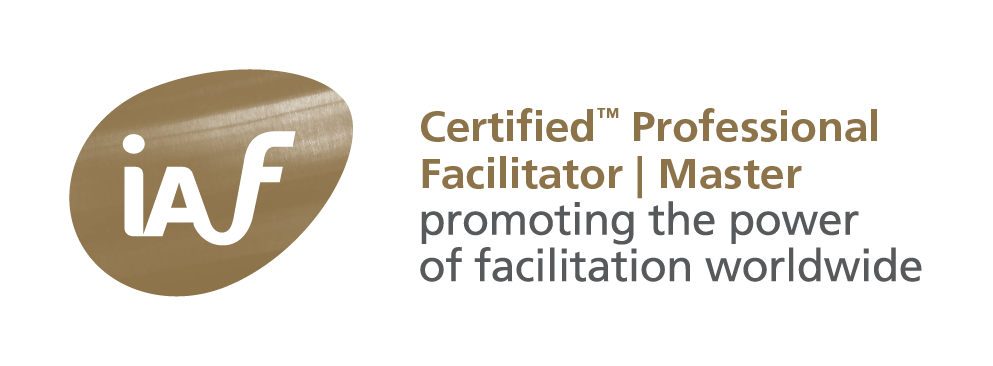 Richard Karash, a dear (I won’t say “old” :-)) friend, asked: Serious question: I’m pretty liberal, reading The New York Times and Washington Post regularly. OK, yes, they are biased, and I want a more balanced news feed. What complementary news pubs do I add? The Wall Street Journal ?? Or what? Looking for serious journalism from the other side. Again, serious question. No fake-news.
Richard Karash, a dear (I won’t say “old” :-)) friend, asked: Serious question: I’m pretty liberal, reading The New York Times and Washington Post regularly. OK, yes, they are biased, and I want a more balanced news feed. What complementary news pubs do I add? The Wall Street Journal ?? Or what? Looking for serious journalism from the other side. Again, serious question. No fake-news.
Me: off-course, these are the paradoxes of Perception. Here is my line of answering.
—
Me: The words fact and fiction come from the same source, “facere“, to make. I’m writing a piece, showing how we live in two worlds at the same time. One factual one, concrete as concrete, and an other one, fictions, of our own invention or design. We need both, as the fictional one is irrational, analogue, creative and the real one is rational, digital and dull. They need each other and imply each other and we live at the interface (like that word here). A world without concrete things is a dream; a world without meaning is a nightmare. We cannot attend to both at the same time. We have to look inside or outside, projecting from within meaning on the canvas of of things and introjecting or receiving “what happens”. What we have to learn, i suppose, i’m still trying to figure it out, is how to choose or to create paths or how to relate to others, as they are also in between places.
Richard Karash: Thanks Jan. Interesting piece on US National Public Radio, a pretty good news source here. A taxonomy of news on the fake to real dimension. Extreme version of fake news is really bad: A made up news organization e.g. “Chicago Mirror”, a mocked up web site, a headline maliciously crafted out of thin air, a supposed story, screen-shot goes viral on Twitter and Facebook. “Pope Endorses Trump” or similar.
Me: “You see what you wanna see and you hear what you wanna hear”. All art is “fake” and relies on our ability to “suspend disbelief”. And also the so-called placebo-effect is “fake”. Perhaps we should make a distinction between “exclusive” and “inclusive” news and facts. It is not the fakeness that bothers me, but the intent.
Richard Karash: OK, Jan, I’m interested. Bad intent is obvious, but what characterizes quality news, quality news, with good intent?
Me: I mean, the intention to control or to liberate. It is the subtle difference between leading (draw with you) and educating (draw out). (Addition: to control means to exclude, “other” should be excluded for some reasons, different is wrong, or bad; to educate means to include, “other” brings something different, different is right, good) Democracy should aim at educating people, not leading them. “The task of the government, is to liberate, freedom of thoughts”, That’s why the fake-ness of art is tolerable: “hmm, this art work makes me think”, and you can be contra or pro, as long as you think for yourself. Fake news in order to control thought, a.k.a. propaganda should be intolerable. Off course, the paradox being, that freedom of speech is used to control freedom of thought.
You’re using the word “quality“: it is the relationship (“li” or “la” as in liaison,…), the way you engage the other, that makes “fake” news good or bad. So, we’re at the paradoxes of Engagement (See: Smith and Berg, Paradoxes of Group Life: disclosure (!), trust, intimacy and regression). This also explains, why this paradox is associated with the paradox of Perception (“write or wrong”, pun intended).
(Addition: you can figure out how these 4 paradoxes are interconnected: disclosure requires the ability to “open up”, which you can only do in a situation which is trustworthy; this requires a setting that is intimate, whereas a mass meeting is not very intimate, so leading to regression, which in turn ends any hope for disclosing any real facts. In the movie “The Adjustment Bureau” (which is art, fiction so fake!), the main character runs for US Senate and, on his defeat, explains to a crowd, how his authenticity has been faked. Which his team doesn’t like. On a meta-level, you could read the title and the movie as to how we continuously rewrite our own script, including faking having a free will)
These are all consequences of Watzlawick 2nd axiom: “the relationship classifies the content of a message“. “Goodness” or “badness” fakes (facts or fiction) depend on your relationship with the other. Simple. (Addition: So, that’s why we can accept the fake-ness of fiction of a movie for real, because we “relate to” the fact we’re watching a movie. It also explains, why the feeling of being factual in a theater is better: it is more real, because you’re in a theater. See the paradox?)
Also noteworthy: his 4th axiom that pathologies in communication arise from the pattern. A symmetrical pattern (as in two basically the same kind of parties, striving for the same position) leads necessarily to escalation. While complementary patterns lead to stagnation. By the way, the latter is also in Smith and Berg’s book, in the chapter about Bateson.
What we’re learning – and it will take, i suppose another century, -, is a paradigm shift in how language makes us human and vice versa. Our language is still a command-and-control language, which made sense 2000 years ago, and has to transform into an ask-and-liberate language. This requires mastering the fine art of meta-language of which Trump and Obama are naturals (but unaware). (Addition: this are also my reasons, for why i think facilitative leadership, dialogue and story telling are so important to develop. Mastering telling your own story, in your own words, owning your words, is what liberates and binds you)
Notes for facilitators: watch your position and movement when you’re communicating. The meta-language is in your hands (literally). For instance, open hands signal openness, crossing your arms means closing off. When in a dialogue, always sit at the same eye-level with the group. Except of course, when you want to stop the conversation. Then it makes sense to stand up. Check you shoulders regularly.




